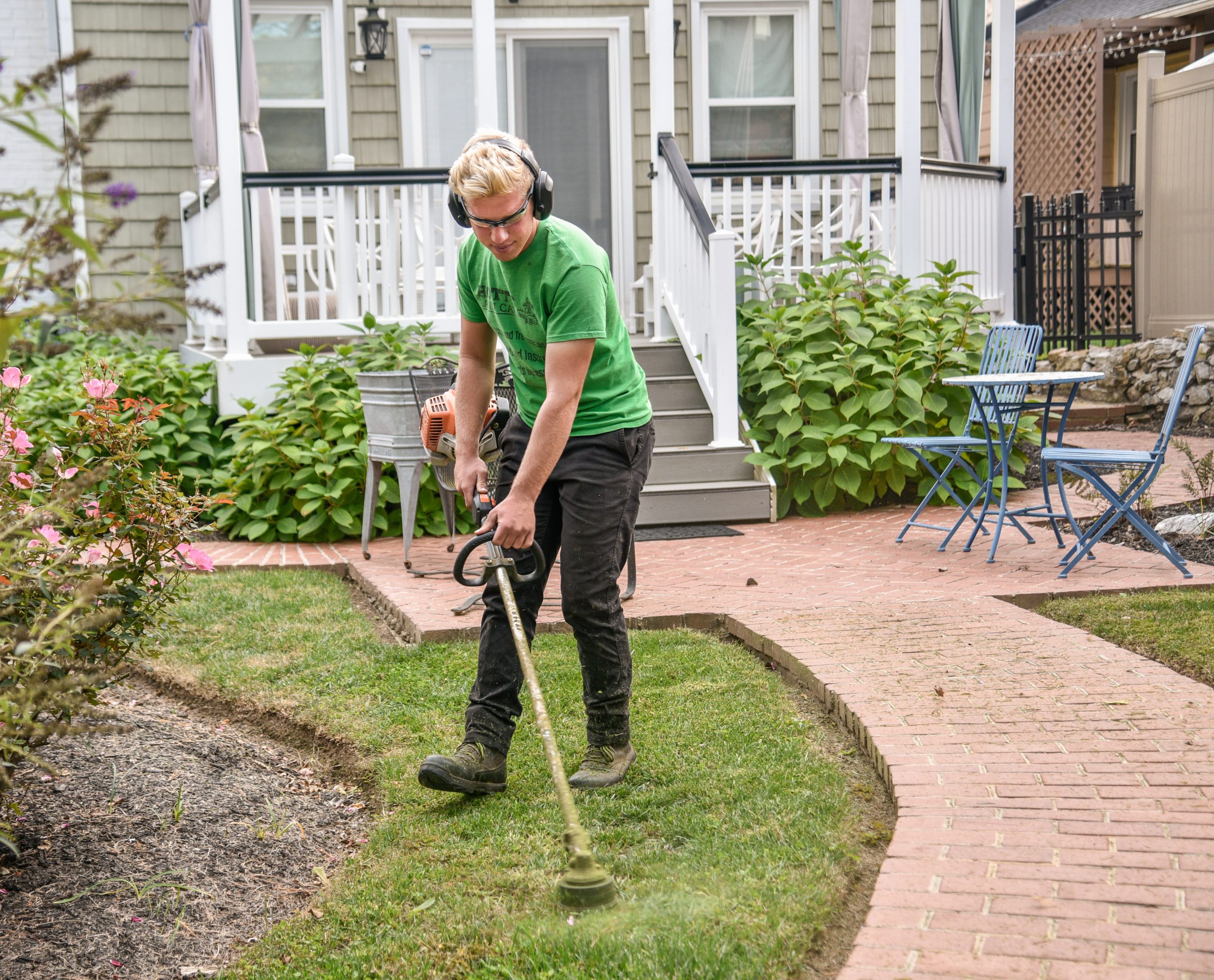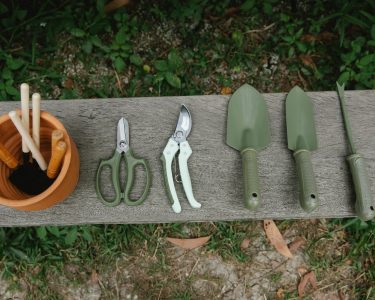Are you looking for a fun and educational way to spend time outdoors with your kids? Look no further than creating a kid-friendly garden space at home! Gardening is not only an enjoyable activity, but it also teaches children about responsibility, patience, and the importance of taking care of our environment. In this article, we’ll provide tips on how to plan your garden space, choose plants that are safe for kids, create an inviting atmosphere for little ones, and maintain a safe environment. Let’s get started on creating a beautiful and exciting outdoor oasis for both you and your children to enjoy!
Planning your garden space
When planning your kid-friendly garden space, it’s important to consider the size and layout of your yard. Determine how much space you have available for gardening and create a rough design plan. Consider including areas for sensory exploration, such as a butterfly garden or an herb garden where children can touch and smell different plants.
Next, think about the safety of your garden space. Make sure to choose an area that is away from any potential hazards like sharp tools or chemical fertilizers. If you have young children, consider adding fencing around the perimeter to keep them from wandering off.
It’s also important to consider accessibility when designing your garden space. Create easily accessible paths with stepping stones or pavers so that children can navigate through the plants without trampling them.
When choosing plants for your kid-friendly garden, opt for those that are low-maintenance and safe for kids to handle. Flowers like sunflowers and marigolds are easy-to-grow options that add vibrant colors to any outdoor space while herbs like basil and mint provide delicious scents and flavors.
Incorporate fun elements into your garden design such as bird feeders or fairy gardens! These little additions will spark imagination in children while making their time outdoors more enjoyable.
Choosing plants and flowers that are safe for kids
When it comes to creating a kid-friendly garden space, choosing the right plants and flowers is crucial. Not all plants are safe for children, as some may be poisonous or have thorns that can cause injury. Therefore, it’s important to do your research before selecting what to plant.
One good place to start is by looking for non-toxic options. Some examples of non-toxic plants include marigolds, sunflowers, and petunias. These flowers are not only safe for kids but also visually appealing and easy to maintain.
Another consideration when choosing plants is whether they have thorns or prickly leaves. While some varieties may look pretty in a garden bed, their sharp edges could potentially harm curious little ones who like to touch everything they see.
In addition to avoiding toxic or prickly plants, you should also consider whether certain species will attract bees or other insects that might sting or bite children. It’s best to steer clear of these types of plants if you want your child-friendly garden space truly friendly.
Taking the time to choose the right plants and flowers for your kid-friendly garden will ensure that everyone can enjoy spending time there without any worries about potential hazards.
Creating a fun and inviting garden space for kids
Creating a fun and inviting garden space for kids is all about incorporating elements that cater to their interests and imagination. One way to achieve this is by adding colorful and whimsical garden décor that appeals to children. This can include items such as fairy houses, wind chimes, stepping stones, or even a small playhouse.
Another way is by including interactive features such as sensory plants like lavender or mint for them to touch and smell. You could also add low-growing edible plants like strawberries or cherry tomatoes for them to snack on while they explore the garden.
A kid-friendly garden should also have areas designated specifically for playtime activities. Adding swings, slides, tunnels or a sandbox can greatly enhance the overall fun factor of your outdoor space.
Don’t forget about involving your kids in the planning process too! Letting them choose which flowers or vegetables they want to plant not only empowers their decision-making skills but also gets them excited about being involved in creating something special.
Creating a fun and inviting garden space for kids requires incorporating elements that spark their curiosity and imagination while providing opportunities for exploration and playtime activities.
Tips for keeping your garden space kid-friendly
Tips for Keeping Your Garden Space Kid-Friendly:
1. Set Boundaries: It is important to set some boundaries in your garden space when kids are around. This way, they know which areas of the garden they can play and explore safely.
2. Install Childproof Features: Installing childproof features such as fences, gates, and locks can help keep your garden space safe from curious little hands.
3. Store Tools Safely: Keep all gardening tools locked away in a secure location when not in use to prevent any accidents or injuries.
4. Avoid Toxic Plants: Some plants may be beautiful but toxic if ingested by children or pets. Be sure to research the safety of plants before adding them to your garden space.
5. Regular Maintenance Checks: Check regularly for any broken pots, sharp edges on furniture, or other potential hazards that could harm children playing in the area.
Creating a kid-friendly garden requires careful planning and attention to detail; taking these simple steps will ensure that your family can enjoy a beautiful outdoor space without worrying about safety concerns!
Conclusion
Creating a kid-friendly garden space is not only beneficial for children’s growth and development but can also be an enjoyable experience for the whole family. With proper planning, plant selection, and design elements, you can create a safe and fun outdoor haven for your kids to explore nature.
Remember to prioritize safety by avoiding toxic plants or chemicals and keeping gardening tools out of reach. Incorporate interactive elements such as sensory plants, stepping stones, or fairy gardens to spark imagination and creativity.
By considering these tips when designing your garden space you’ll create an environment that will encourage your little ones to enjoy time outside while learning about nature in a playful way.




